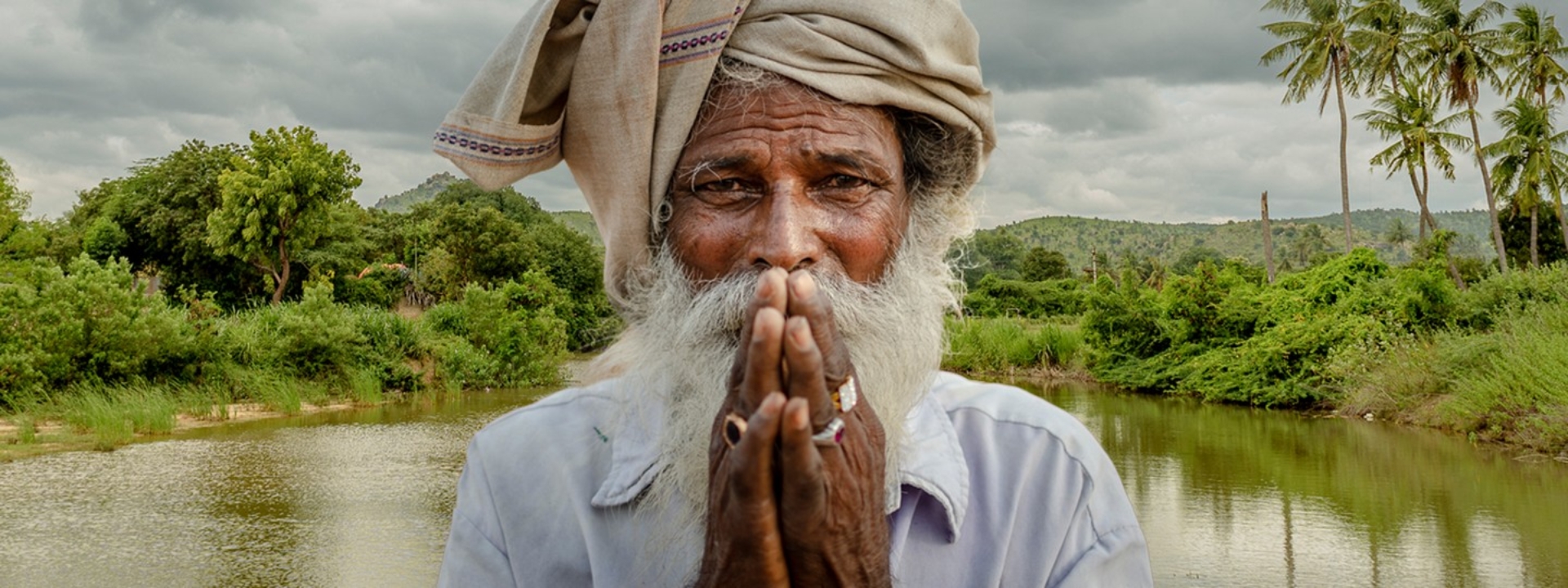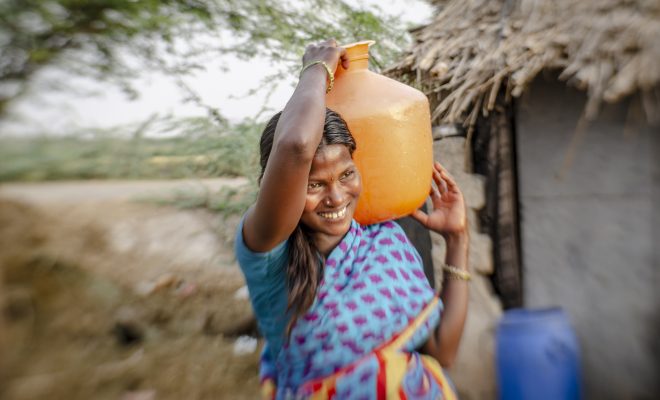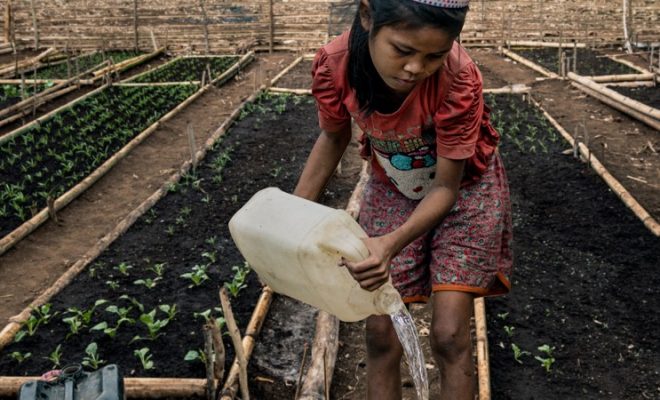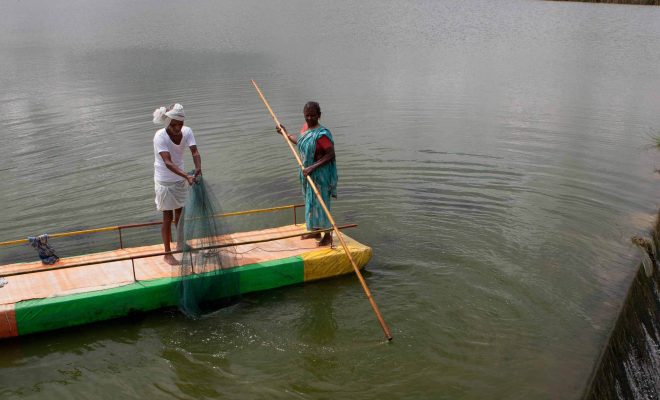In 2020, Radhamma and Lakshmidevi, farmers from Settipalli in the Indian state of Andhra Pradesh, had been battling against a long-standing challenge: the infertility of their land in an increasingly dry climate. For decades, the monsoon season had been their only hope for survival. Its arrival was crucial to preventing their children from migrating to the cities and paying off their growing debts. However, the rains were often unpredictable. When delayed, they left the farmers in a state of uncertainty and vulnerability. When excessively heavy, the rains caused runoff that destroyed crops and eroded the land, further impoverishing and desertifying it seemingly beyond repair.
Four years later, a simple community project has transformed their lives. The small reservoir we built with the Vicente Ferrer Foundation has revitalized their land, replenishing the aquifers and refilling the wells. The vegetation cover has halted desertification, and the ecosystem surrounding the new water source is thriving once again. They can now diversify their crops, moving beyond the vulnerable peanuts, which suffer from delayed rainfall, deplete the soil, and demand constant pesticide use. The threat of emigration has vanished.
These benefits are not surprising. Since building our first reservoirs in Ganjikunta in 2011 and Girigetla in 2014 and completing those in Settipalli and D.K.Thanda4 in 2020, around 5,500 farmers have improved their standard of living. They are now better equipped to face climate change with increased resilience.
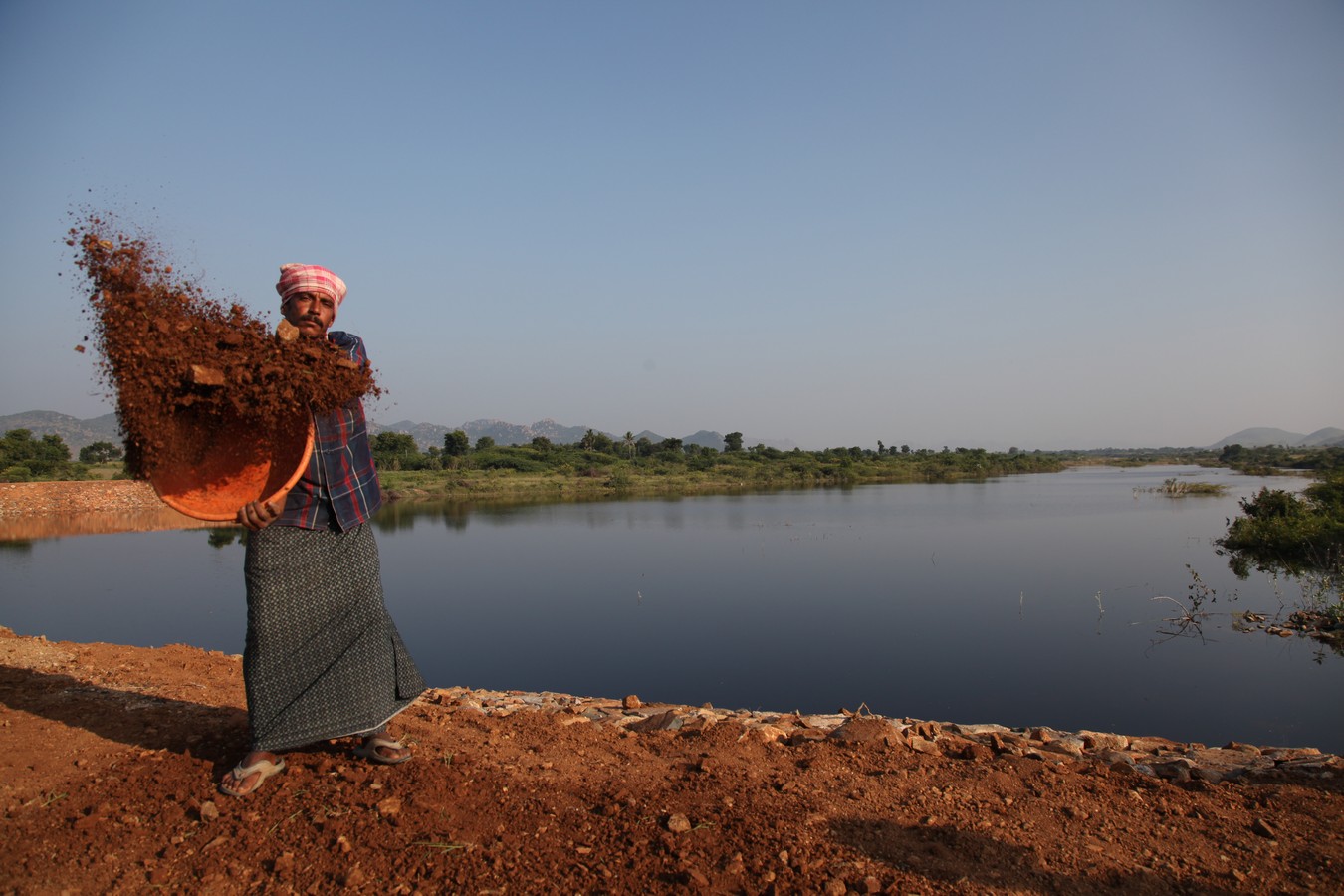
Small-scale water management is a foundation for environmental conservation: nature-based solutions rely on community involvement rather than technology. © FVF
Small Communities Are the Seed of Regeneration
The most inspiring and hopeful aspect is that advanced technologies or new inventions are not required to achieve this transformation. Instead, we can rely on the ancestral knowledge of Indian culture, which profoundly understands nature and water cycles. For centuries in pre-colonial times, small rainwater reservoirs called johads were used, especially in arid and semi-arid regions. These infrastructures were created by excavating depressions in the basins of streams and brooks to capture monsoon water with dams. This water then infiltrates the subsoil, restoring moisture to the water table, recharging aquifers, and slowing the desertification of the surrounding gentle slopes.
These projects also foster community participation as the cornerstone of infrastructure sustainability and efficient management. Training workshops for farmers and their families ensure everyone is involved in building and maintaining the reservoirs. This approach not only enhances the understanding of the water cycle and its environmental impact but also guarantees the long-term sustainability of the facilities. By passing on this water culture, communities become more resilient to the challenges posed by climate change.
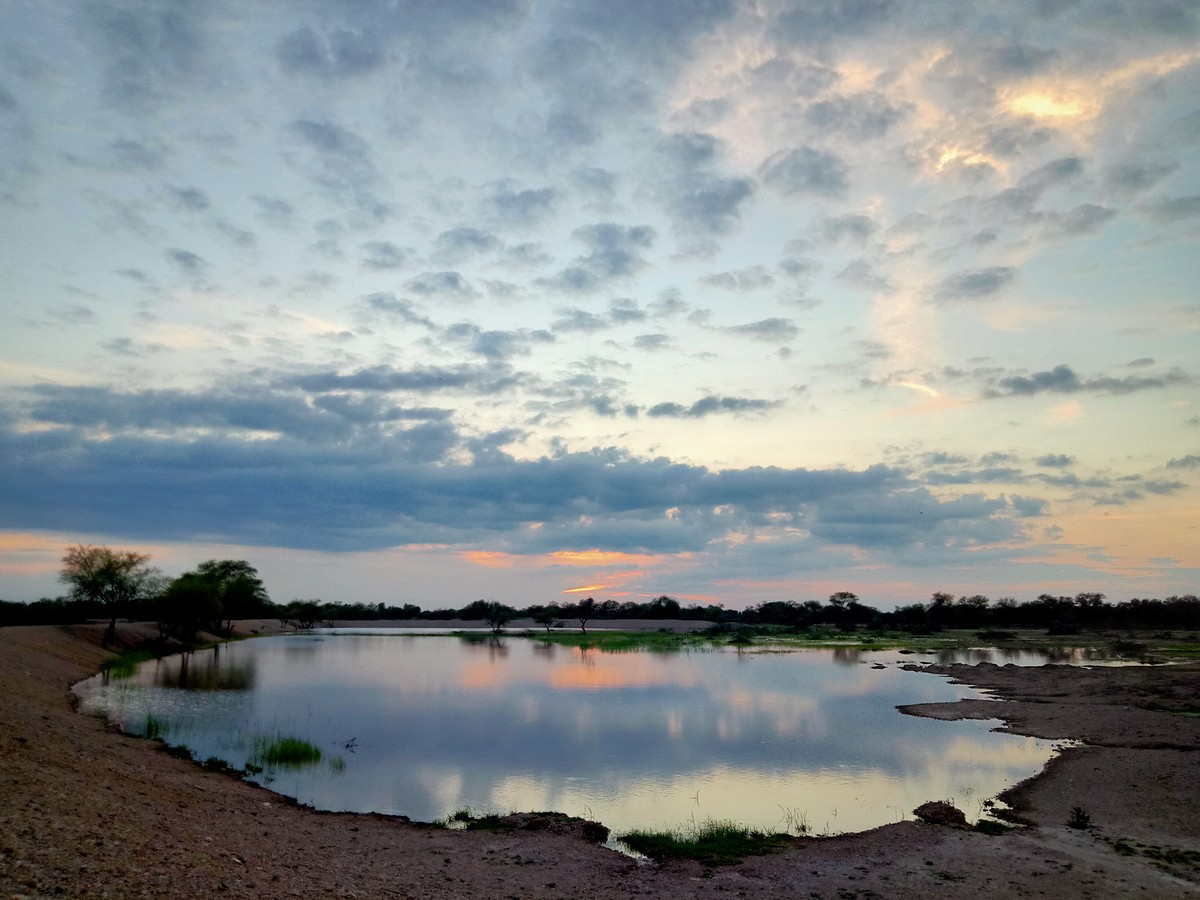
For centuries in pre-colonial times, small rainwater reservoirs called johads were used, especially in arid and semi-arid regions., © Amar singh kangarot
Small Watersheds Hold the Key
It is not just these simple reservoirs that restore the land; proper water management of small watersheds by farming communities is particularly effective. Cleaning ponds and streams facilitates the natural regeneration of adjacent vegetation cover. This effort is complemented by planting trees and shrubs to strengthen embankments and retain soil moisture.
Our projects serve as key benchmarks here, too. We replenished aquifers in six villages in Marungapuri, in Tamil Nadu, by cleaning adjacent ponds and restoring vegetation cover.
The experience in small communities is scalable to almost all rural areas in countries struggling with environmental deterioration and climate change. Raising awareness and training the population in watershed management also brings positive results in reducing water pollution levels, which in some cases is more harmful to ecosystems than the overexploitation of aquifers.
In addition to direct actions on water management, educational work is fundamental, especially when it involves recovering traditional culture. We have promoted this approach in our projects in Nicaragua, Bolivia, and Peru. By regenerating soil and water through the reintroduction of ancestral agricultural techniques and educating communities about water access, sanitation, and hygiene, we prevent environmental degradation and facilitate sustainable growth without encroaching on natural spaces.
More than 55,000 farmers have benefited from the 11 projects, and one of our specific objectives was land regeneration through water harvesting and management. Through these initiatives, communities have not only acquired essential training to survive and build resilience but also gained a deeper understanding of the close relationship between water and land, as manifested through the environment.
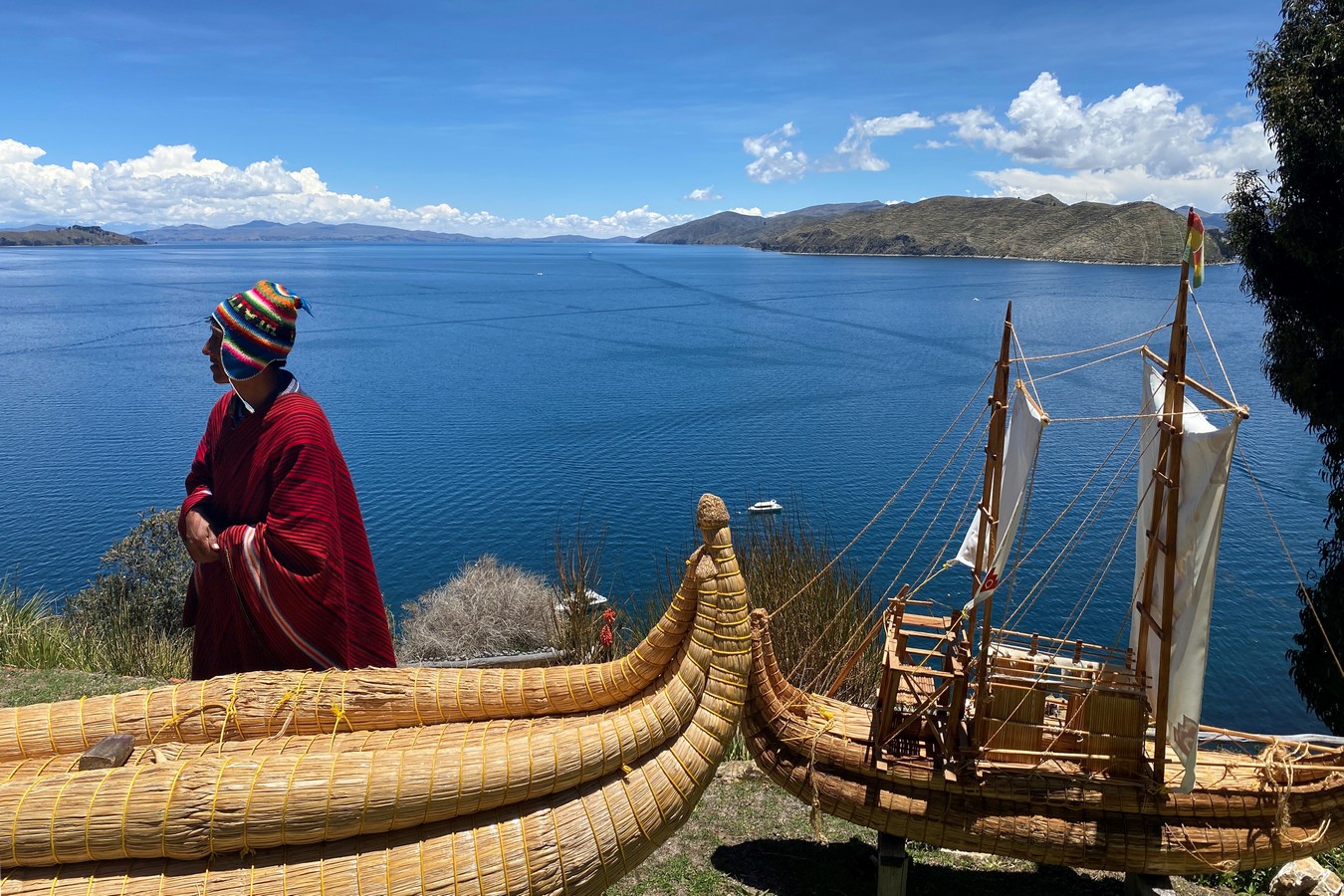
In addition to direct actions on water management, educational work is fundamental, especially when it involves recovering traditional culture. © EEJCC
On World Environment Day
On World Environment Day, the United Nations Environment Programme (UNEP) launches a call to action based on undeniable facts. We are confronting a worrying intensification of the triple planetary crisis: climate change, biodiversity loss, and pollution. Billions of hectares of land are being degraded by these combined factors, impacting almost half of the world’s population and threatening half of the world’s GDP.
Soil and water health are intrinsically linked, extending to the oceans, whose ecosystems are seriously threatened by warming and pollutant discharges into freshwater streams.
UNEP highlights that every dollar invested in environmental restoration can generate a 30-fold return in ecosystem services, boost livelihoods, reduce poverty, and increase resilience to extreme weather. Additionally, improved biodiversity enhances carbon storage and mitigates climate change. There is still time to reverse the situation: regenerating just 15% of degraded land and halting further degradation could prevent up to 60% of predicted species extinctions. This is not an impossible task, and small communities hold the key.


